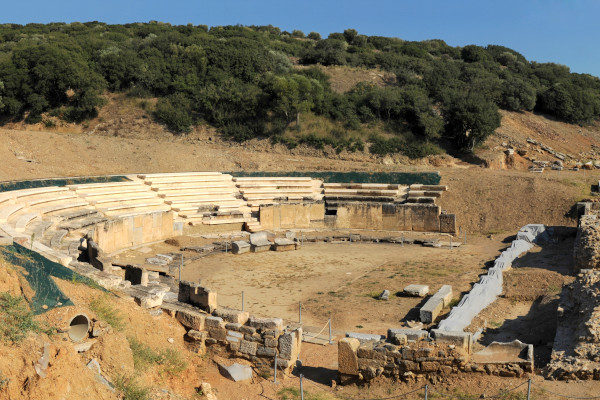The city of ancient Maronia was built very close to the coast and very close to the Homeric city Ismaros. Many researchers argue that the city was founded by settlers of Chios island around the 7th century. Although some opinions, as well as some traditional beliefs, set this date many centuries earlier since some of the foundations, leads to an earlier date.
Maroneia turned into a great regional power, while it was famous for its city wall that was over 10 km long (an indication of its population). It became a member of the Athenian League during the 5th century BC and due to its high growth, it had the right to produce its own gold coins. While in 350 BC it was conquered by Philip II of Macedon (father of Alexander the Great).
During the Roman period it experienced a second growth period and the 4th century AD was the base of the local episcopacy. Its population started to decline during the 6th AD and the 7th AD century because of frequent pirate raids.
Archaeological excavations have brought to light the city theater showing two construction phases of the Hellenistic and Roman period when it was turned into an arena. The area stands for its acoustics, as well as the magnificent view of the Thracian Sea
